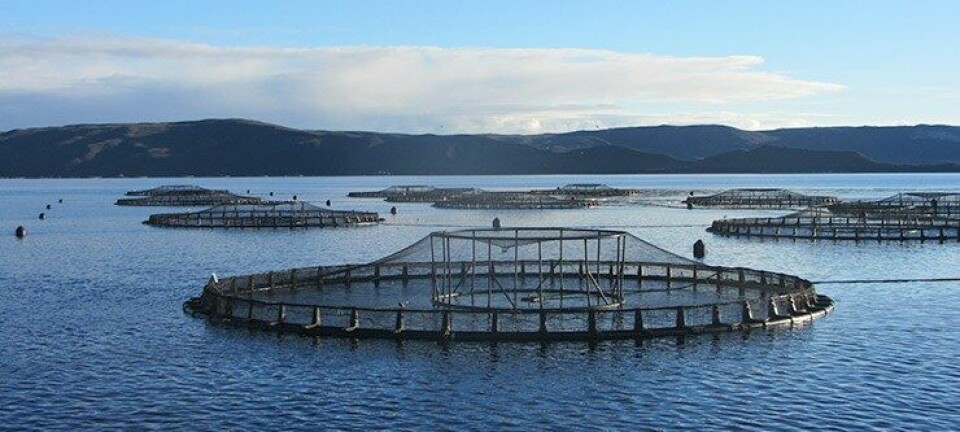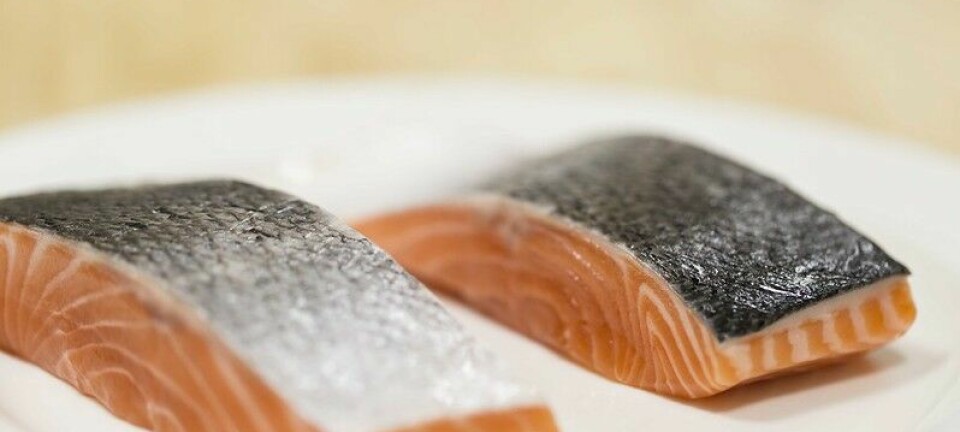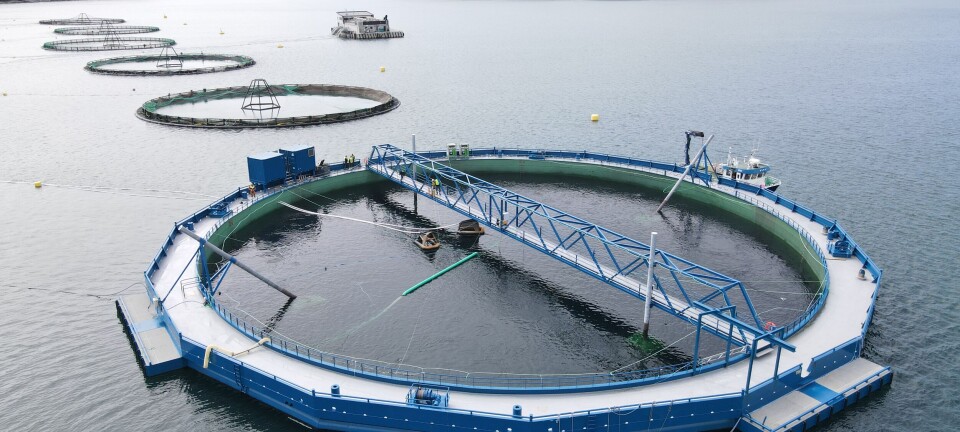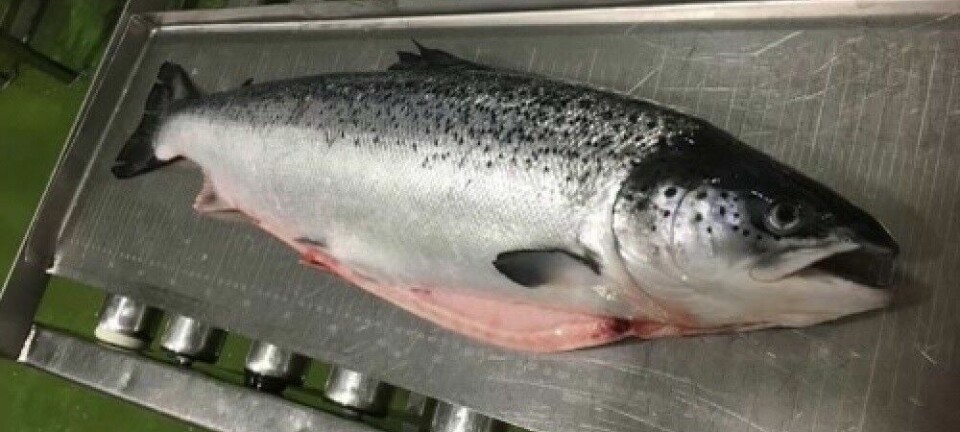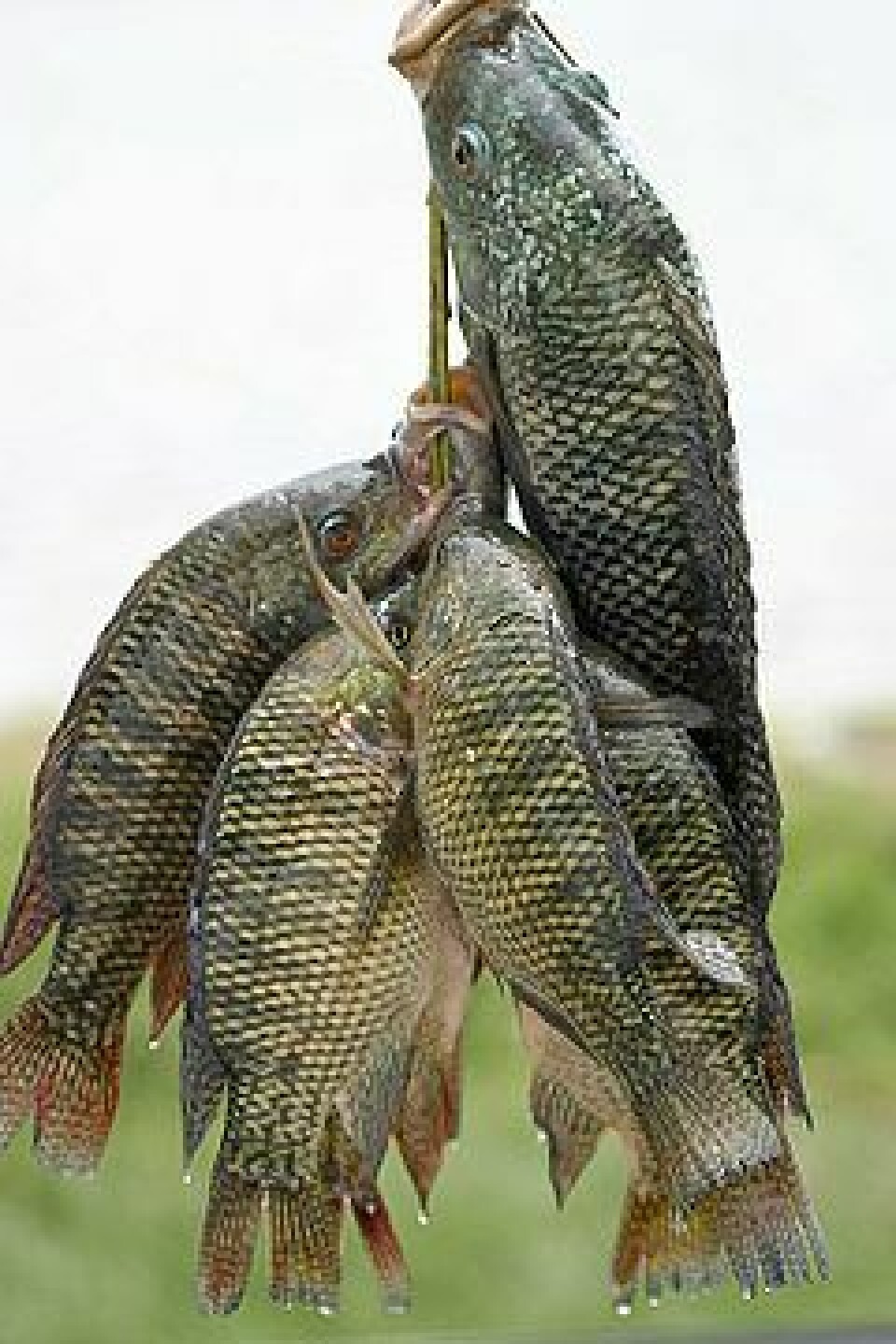
Salt water Tilapia produced
Most fish farmers know that fish produced in recirculated water in land-based aquaculture facilities sometimes has a muddy or “earthy” taste to it. Proponents of such “closed containment” facilities often neglect to allow for this fact in their projections of costs and operating parameters. A period of “purification” in tanks using flow-through water- be it fresh or salt- is often required to obtain optimal product quality prior to harvesting. Tilapia is one of the most important species of fish typically produced in such facilities, using naturally warm fresh water. But now a university in Malaysia has documented the development of a hybrid type of Tilapia that can be grown to harvest size in seawater.
The Institute of Tropical Aquaculture (AKUATROP) is one of the institutes at Universiti Malaysia Terengganu and was first established in 2004. The project- entitled “Culture of Seawater Tilapia as Potential Marine Food Fish”- was conducted to evaluate the performance of hybrid tilapia in seawater conditions. According to the University’s website, the objectives of this project were:
- To incubate the fertilized egg of spawned brooders freshwater under different salinity.
- To determine the growth performance of juvenile hybrid tilapia under different salinity.
- To determine the breeding performance of hybrid tilapia under different salinity.
The eggs were incubated in artificial incubator under different salinity (0, 15, 25 and 30 ppt). There were 30 eggs in each incubator system. The volume of yolksac was determined every day. The juvenile of hybrid Tilapia were cultured under different salinity (0, 15, 25 and 30 ppt). 30 of the juveniles were cultured in each salinity condition. Length and weight were recorded every week. A total of 3 pairs of hybrid Tilapia brooders were cultured into breeding tanks with different salinity (0 and 30 ppt). The observations were conducted every week.
According to the Malaysian National News Agency, the experiments have been a success, as described in this recent article;
Universiti Malaysia Terengganu (UMT) has made another achievement when it came up with a Tilapia species that can live in salt water. The director of the Tropical Aquaculture Institute (Akuatrop), Prof Dr Faizah Shaharom, said the success was achieved after more than two years of study. "The salt water Tilapia fish tastes like sea water fish and does not smell of earth like the fresh water Tilapia fish," she told reporters here, Wednesday. She said the salt water Tilapia fish was bred in sea water. According to Prof Faizah, UMT planned to carry out the breeding project on a large scale soon. As such, Prof Faizah said companies that were keen to carry out the project were invited to implement it on a commercial scale.









